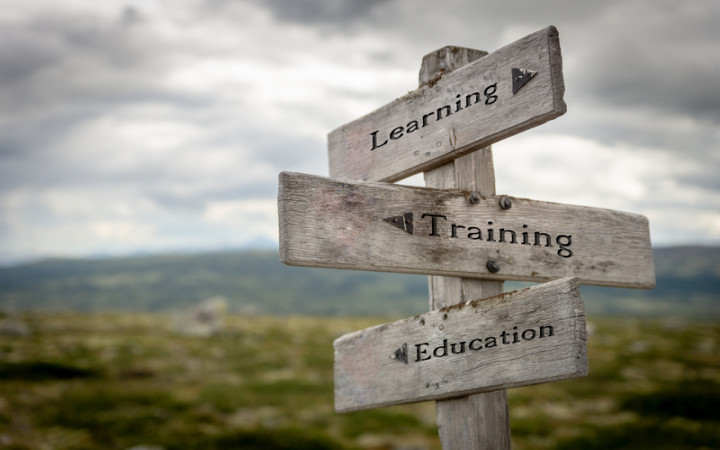Today’s Wonder of the Day was inspired by Genesis. Genesis Wonders, “Who taught the first teacher??” Thanks for WONDERing with us, Genesis!
What makes a great teacher? You may have some ideas. Maybe they don’t give homework or try to get to know you. However, a great teacher plans cool science experiments and inspires students to try something new. They also get to know each person in their class. But who trains great teachers? Other teachers, of course! But it had to start somewhere—so, who taught the first teacher?
The first schools began many years ago—around 3000 B.C.E. In ancient Egypt, priests taught boys to read and write. They tutored them in the humanities and math. Around the same time, priests in Mesopotamia taught reading and writing, along with astrology and medicine. Often, their pupils became scribes or librarians. Did these priests see themselves as teachers? No one knows for sure.
Many people think Confucius was the first teacher. He was born in China in 551 B.C.E. History tells us little about his early life. His father died when he was young. Confucius grew up poor, raised by his mother. He likely did not go to school and was self-taught. He studied music, history, and math.
During Confucius’ time, schools were for boys from prominent, wealthy households. But he thought everyone should be educated. Confucius thought that education was the path to self-improvement and virtue. Confucius never taught in a school, but he had many pupils. These students continued to share Confucius’ ideas and teachings long after he died. This is why many think he was the first teacher.
The modern teaching profession is much different. While Confucius was self-taught, today’s teachers need formal training. In some countries, such as the United States and Germany, teachers must earn a degree from a college. They study subjects—such as mathematics, English, or music—to become experts in their field. Educators also learn pedagogy—ways to teach well. If you have ever made a Venn diagram, done a group project, or taken part in a discussion, your teacher was using pedagogy.
Along with going to college, new teachers may spend time in the classrooms of mentor teachers. This practice is called cadet teaching in some countries or student teaching in the United States. The student teacher plans and presents lessons under the guidance of the mentor teacher.
Teachers make up the largest profession today. There are over 80 million people teaching in schools and universities throughout the world. This number includes teachers at all levels—elementary, middle, and high school as well as college professors.
Teachers have many important roles in their communities. They help students learn and manage how learners act in their classrooms. However, teachers also plan lessons and create content to use with their students. They might do research to improve their teaching or belong to professional groups. Many communities view teachers as leaders.
Are you WONDERing about other professions? Who taught the first engineer to design a bridge? How did the first lawyer learn to practice law? Who trained the first dentist? Every profession began with people who tried something in a new way. What new professions might exist when you get a job?
Standards: C3.D2.Eco.3.3-5, CCRA.R.1, CCRA.R.2, CCRA.R.8, CCRA.R.10, CCRA.L.1, CCRA.L.2, CCRA.L.3, CCRA.L.4, CCRA.L.5, CCRA.L.6, CCRA.SL.1, CCRA.SL.4, CCRA.SL.5, CCRA.W.4, CCRA.W.6, CCRA.W.9




